The Thakurs from Muzaffarnagar
Many more such exhilarating stories are waiting to be discovered
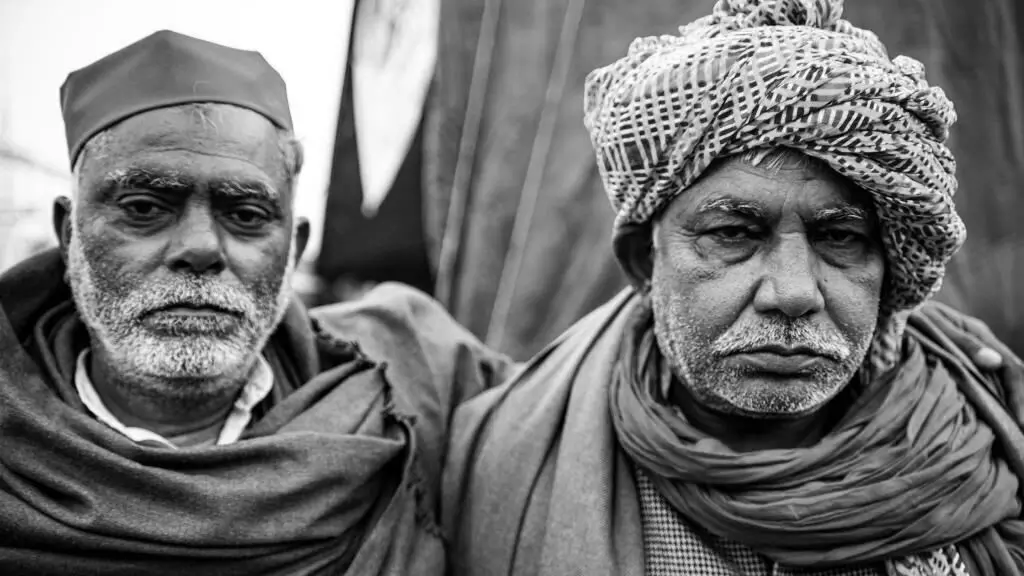
It was August-September 2013. Muzaffarnagar and some areas of neighboring districts in western Uttar Pradesh had been rent asunder by Muslim-Hindu riots that shook the region.
The riots would help boost the Bhartiya Janata Party from a party a decade in the political wilderness to the party in power at the Centre and subsequently in many other states, including the most crucial political state of Uttar Pradesh.
I was part of a fact-finding team of independent academics which brought out a report on the riots back then. The report per se received wide publicity.
The foregoing provides specific context to the sit-in being staged at Delhi’s Ghazipur border where most of the peasants from western UP have dropped anchor.
I feel that not only are the demands being raised by the ongoing farmers’ agitation eminently justifiable, but that this agitation carries the potential to be an important flexion point in the history of independent India.
I need also admit to an anxiety that has nagged me ever since the siege of Delhi began, that is the desire to know how these peasants would look at the events of 2013 in Muzaffarnagar from their present vantage point.
Apart from my failure to visit the Ghazipur site until very late, though I had visited the others a couple of times, a great deal of my discomfiture was due to a lurking sense that the farmers’ motivations behind this agitation might simply be economic - that all else being equal, they may still have little quarrel with Hindutva politics.
Such an apprehension ought to come with the caution that a person’s vote is not necessarily a marker of their political commitment.
Unmindful, I set my expectations high - that this great peasants’ agitation shall usher in the long awaited process of marginalisation of divisive and sectarian forces in the Indian polity that have come to rule the roost over the past few years. That alongside, the half-pennies who played along with the designs of the former, shall also be shown their place in history.
I set my ears and eyes yearning to accept nothing but the best of the available evidence to shore up my beliefs. Explanations like ‘we were befooled, or led astray’, alone wouldn’t qualify.
Finally, I slung my camera around and drove to the Ghazipur border on the evening of January 7, 2021, a day before I was to get admitted for an operation on my left knee.
Protests in support of peoples’ cause trigger for me the alchemy of radiance, refulgence and energetic invigoration. This time was no different. I made my way through the encampment taking photographs, picking up conversations, or stopping for a cup of tea with a group, and in the process throwing out the teasers and apprehensions from which I sought salvation.
Many a tête-à-tête and cheerful snap later I veered round to the front of a tent, attracted by the colorful headgear of a middle aged gentleman passionately relishing the delectable gajar ka halwa. He readily obliged my request to take his picture.
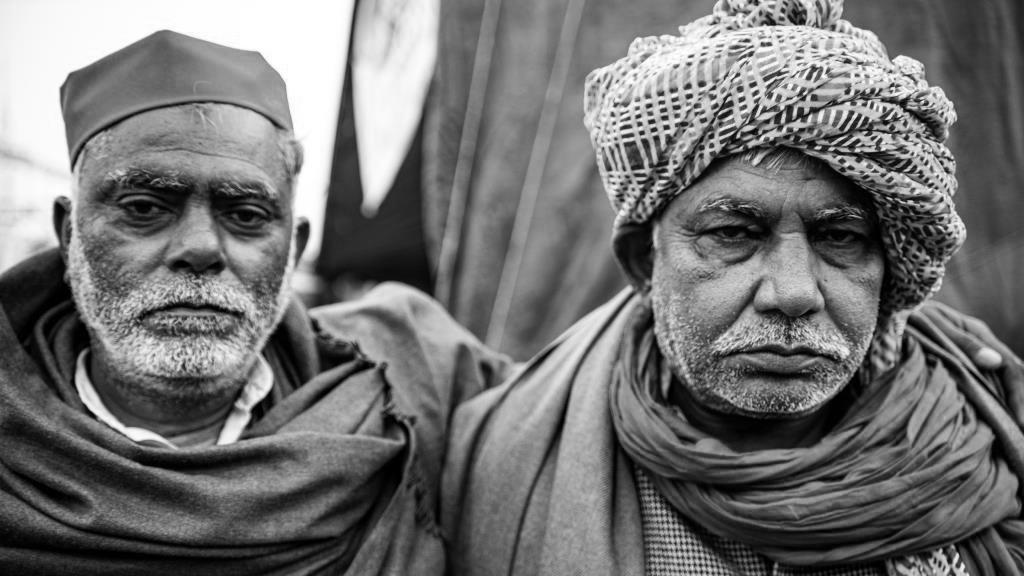
Thakur Fatehdeen and Thakur Sukhpal
My self-introduction as a teacher at Delhi’s Jawaharlal Nehru University facilitated the revelation that I was in conversation with Thakur Sukhpal Singh of Kasauli village in district Muzaffarnagar of western Uttar Pradesh.
After a brief exchange about the ongoing agitation I implored Thakur Sahib to elaborate his views on the incidents that had shaken Muzaffarnagar in 2013 from today’s standpoint. Could the situation being faced by the farmers in the country today have been avoided if the incidents of 2013 had not happened?
With a cold sigh the Thakur replied – “waa jo huya, bahout bura huya” (what happened then was most deplorable) – then he turned around to call out to his companion standing a few steps away, who seemed equally intent upon his share of gajar ka halwa.
“Yo sai Fatehdeen,” Thakur Sukhpal introduced his friend. He volunteered about himself, that along with his other siblings they were five brothers in all, and that such was the reputation of Thakur’s friendship with Fatehdeen that he may be expected to defy his brothers, but defying Fatehdeen would constitute blasphemy even in a dream.
At this point Fatehdeen promptly testified to the ubiquity of caste in India by volunteering – “ham donno hi Thakur hain” (both of us are Thakurs). Fatehdeen’s village, Kulhedi is fourteen kilometres from Sukhpal’s, and both have been pals since their school days.
Elaborating upon the situation in Muzaffarnagar in August-September 2013, Sukhpal described his visit to Muzaffarnagar town then for some work.
A boy from a Sayyid household (raised caste among Muslims) in his village had been admitted to a hospital in Muzaffarnagar for an ailment that required repeated blood transfusions. The prevailing communal tensions had made obtaining help that much more difficult.
Since he happened to be in town, Sukhpal decided to pay a visit to the hospital to see the boy. Getting to know the entire situation he readily offered to donate his own blood. I think Sukhpal’s decision left the hospital staff in disbelief, if not suspicious.
The earthy reasoning for his decision expressed in his native dialect carries the potential to make the best of university bred ‘secular’ evangelists sound utterly puerile. Taking umbrage to the hospital staff’s disbelief, the Thakur infused a stern dose of sobriety. He said:
“Yo mahre gaum ka chora sai. Iska baap aur ham saare bhai bachpan tai gail rahe. Uss natte se yo mahra bhateeja hoya ke na? Yo hi tai phark sai ki yo Musalmaan ka hai aur main Hindu. Tumhari kitaab main kit likh reha sai ki Hindu aur Musalmaan aapas mein khoon na de sakein?”
(This boy is from my village. His father and all of us brothers have been together since our childhood. From this relation, is he not my nephew? The only difference is that he was born to a Muslim and I to a Hindu. Where is it written in your books that Hindus and Muslims cannot donate blood to each other?)
At this point Fatehdeen added:
“Yo poori baat to bata hi na rahe. Inne ek baar nahin, uss chore ku poori pandrah baar khoon diya sai.” – He is still not telling the full story. Not just once, he donated blood to that boy as many as fifteen times.
There was nothing in their manner of speaking that suggested boastfulness in the least. Their statements were put in a simple matter of fact manner. Their words had helped alleviate my discomfiture and anxiety. They made my soul swell with sublime cathartic levitation.
As an expression of my gratitude to both, I recounted to them the famous line uttered by Salim Mirza (played by the late Balraj Sahni) in the 1974 film Garam Hawa.
Salim Mirza, the owner of a shoe factory who had fallen on bad times in the aftermath of the country’s partition was struggling to find a house on rent for his family, struggling more than he had anticipated – until at last he found a house owner who was categorical in saying that his interest was in the rent and not Mirza’s religion.
With a sigh of relief Mirza remarks – ‘Jab se makaan dhoondh raha hoon, yeh baat sunne ke liye mere kaan taras gaye hain’ (my ears have been yearning to hear these words ever since I have been looking for a house). At this point Sukhpal couldn’t help but say – ‘are aap to sarminda kar re ho’ (you are embarrassing me).
Not only are many more such exhilarating human stories waiting to be discovered, we had found them even during our fact-finding mission, in the midst of the riots.
Hussainpur, a Muslim dominated village, is the twin village of Mohammad Raisingh village dominated by the Hindu Jats. Both villages lie in Budhna tehsil of Muzaffarnagar. While on the one hand Mohammad Raisingh had witnessed en masse exodus of the village’s Muslims to their twin village, not a single Hindu family had migrated out of Hussainpur.
In Hussainpur they had formed Aman [peace] Committees comprised of members of different communities to protect every quarter of the village. At the height of communal tension in the district, many of the neighboring Jat villagers had left their Muslim neighbors in Hussainpur in safe custody, and invited them back to their villages once normalcy returned.
The immigrant guests were hosted by the entire village. The result was that Hussainpur had remained free from internal communal strife at the time of partition in 1947, at the time of the Babri Mosque demolition in 1992, and in 2013 as well – except once, when anti-social elements from an adjacent village killed three Muslim youth from Muhammad Raisingh who had taken shelter in Hussainpur.
I perceive that the ultimate consummation of a virtue lies in its becoming so common that it is rendered unexceptional in quotidian human behaviour. Despite occupying primate position in the evolutionary order of species, and having reached a civilisational stage where the best of virtues can be rendered such, it remains an enigma that we invest so much energy in shaming humanity.
To avoid frustration entails tempering our fastidiousness with catholicity. Greatness is never self-delivered without the pangs of resolute contest with the evil, and wisdom demands that we be committed to this duel for as long as it takes.
Nothing testifies to this more than the manner in which anti-people forces with the full backing of those in power have unfurled a massive effort to sabotage and malign the peasants’ movement.
To begin with, the farmers may well have raised this struggle to save their lives and livelihoods, but as things stand today a far bigger gamut of issues have been thrown into a swirl that will impact each one of our lives.
The Sukhpals and Fatehdeens of India have already caste their fate with the struggle. For those who may not have realised it yet, being regaled with a ringside view of the arena is an option already foreclosed on us.
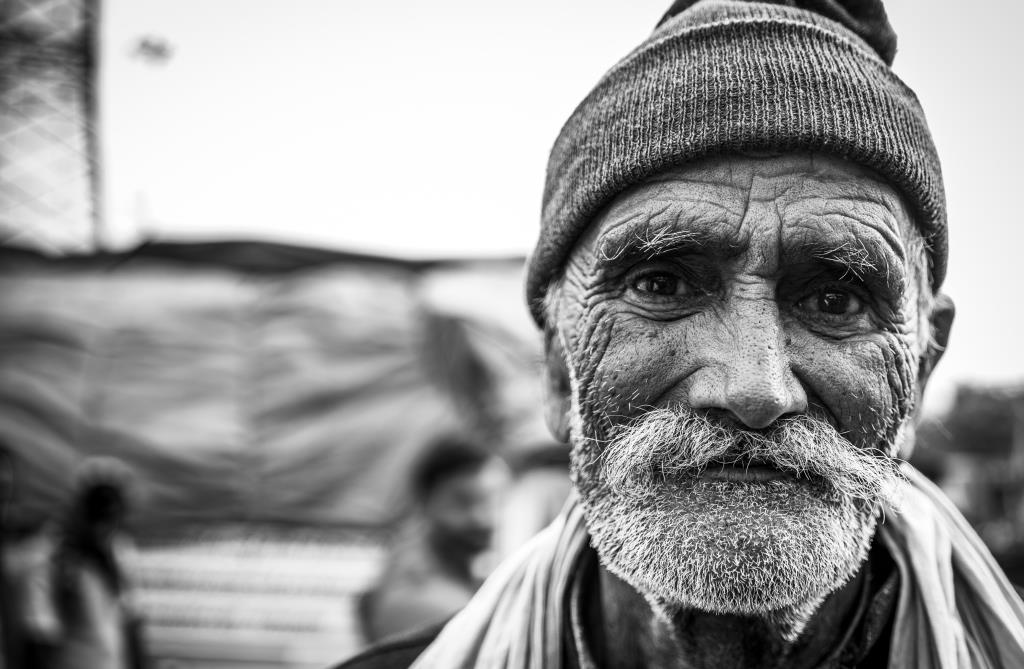
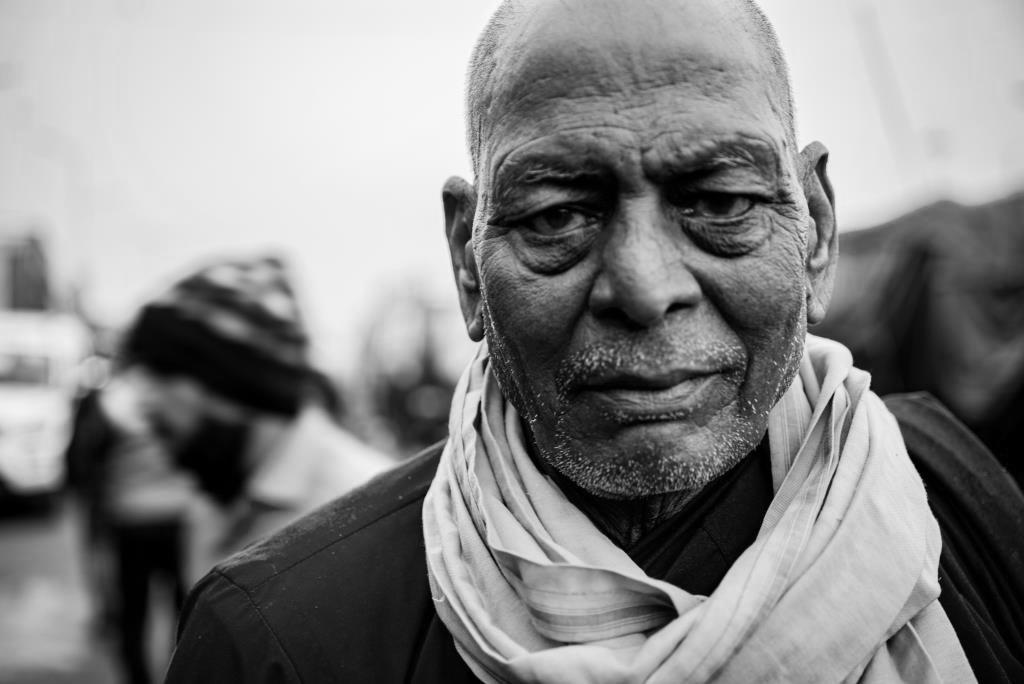
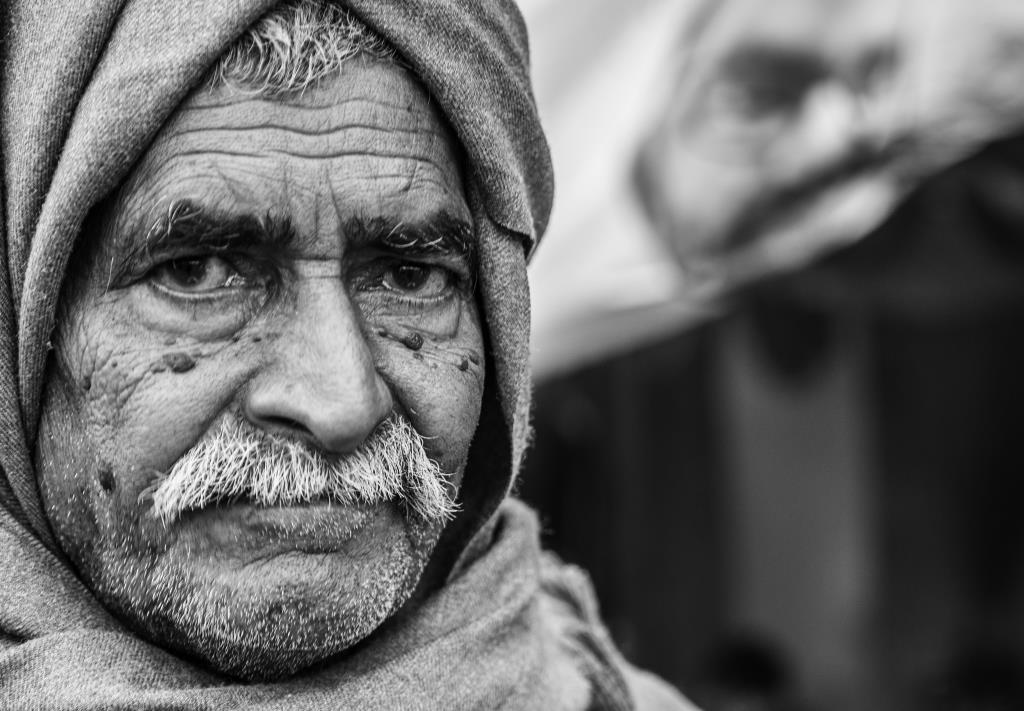
Dr Vikas Bajpai is Assistant Professor,Centre for Social Medicine and Community Health, Jawaharlal Nehru University, New Delhi.



